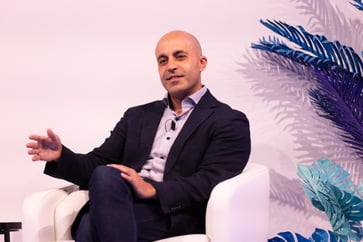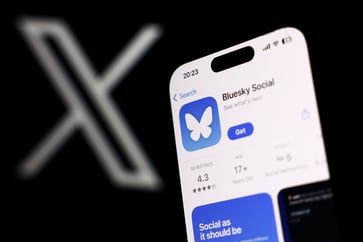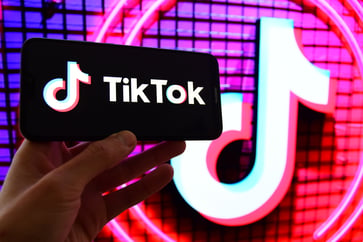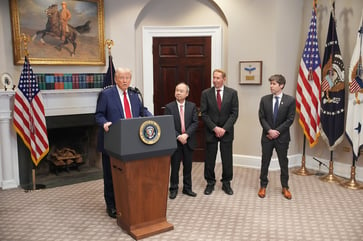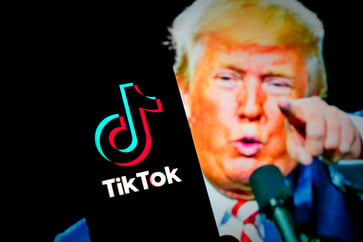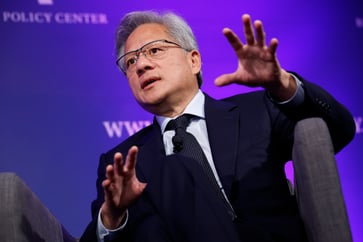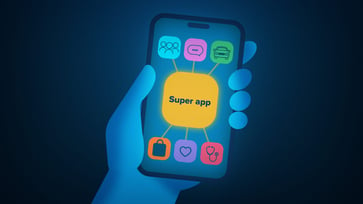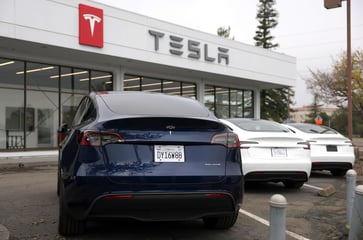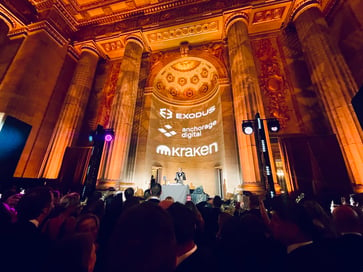The bias issue in AI is not yet fully resolved, despite most workers reporting that they can already sense its presence in the job hiring process.
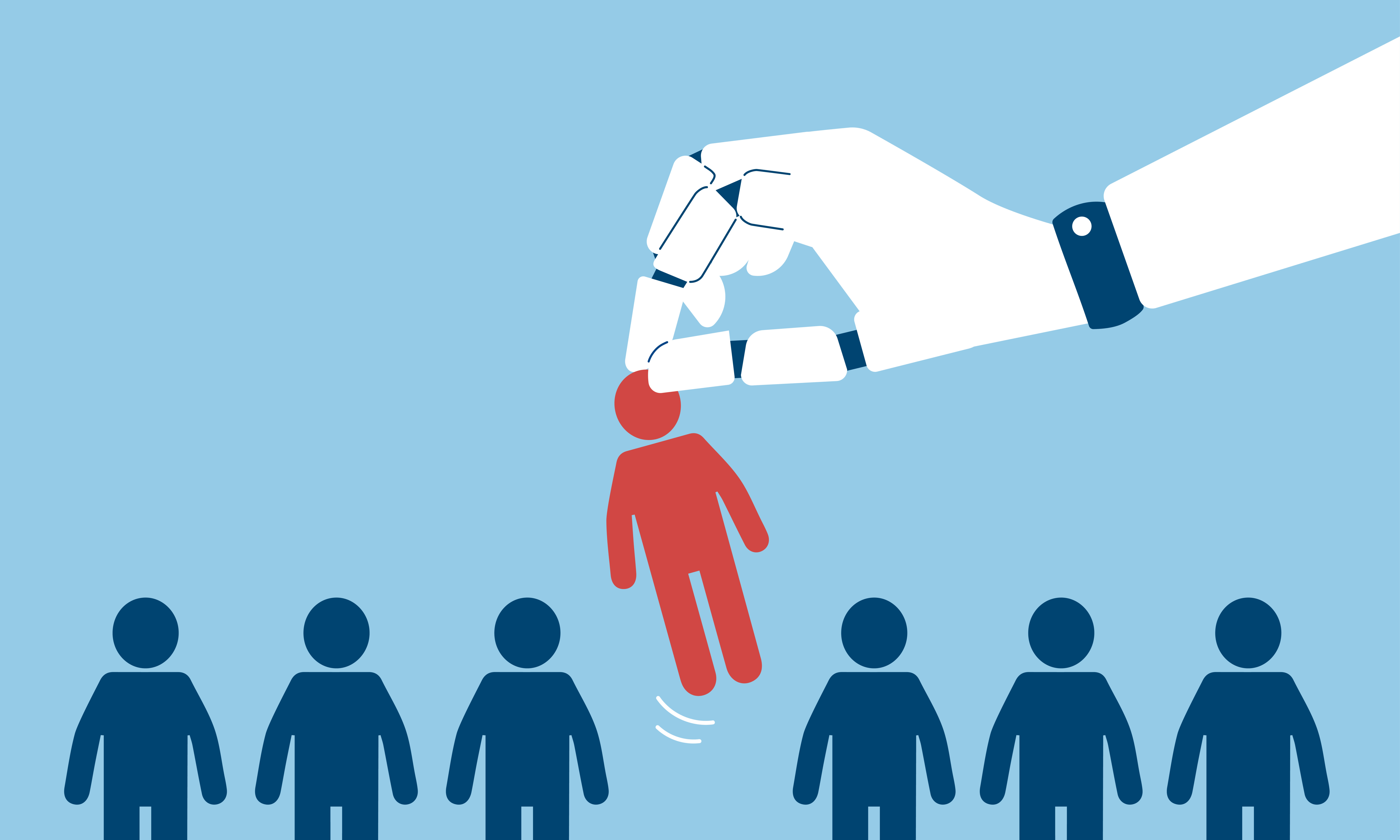
- Fifty percent of respondents have utilized AI in the recruitment process, while 59% of job seekers have observed its usage during the hiring process.
- While AI has the potential to minimize bias in the hiring process, HR executives are adopting a cautious approach.
- The incorporation of AI in the hiring process allows humans to reflect on their biases and promote equitable hiring.

The current generation of AI technology has reached a point where it is considered mature enough for human-centered business controversy, with companies such as OpenAI and Microsoft being involved in the debate. Despite this supposed milestone, many industries are still reluctant to fully utilize AI to its full potential, including human resources.
The fear of AI's potential consequences, both in practice and in regulatory pushback, is causing anxiety among HR professionals. Despite this fear, AI continues to promise to address the longstanding bias in the hiring process.
Jamie Viramontes, CEO and founder of Konnect, who previously led HR for brands such as Forever 21, Chipotle, and St. Francis Medical Center, emphasizes the importance of historical data in AI hiring solutions.
"We have historically done things with bias, and replaying past mistakes could make hiring even worse," said Viramontes. Not only can human bias impact algorithmic bias, but research also suggests that the reverse can be true. Two researchers from Deusto University in Spain, Lucía Vicente and Helena Matute, found that humans reproduce digitally enacted AI bias in the real world.
Although there are risks involved, Viramontes supports the idea that AI-powered hiring can minimize bias and he is not the only one who holds this belief.
While AI systems may be influenced by the data they are trained on, resulting in certain biases, they do not possess explicit prejudiced personalities or subconscious biases that develop over time, according to Arun Sundararajan, a professor at NYU Stern School of Business and a member of the Artificial Intelligence Governance Alliance for the World Economic Forum.
Sundararajan believes that human biases can hinder equitable hiring, but incorporating AI into the process allows humans to reflect on their decisions. He explains that when a machine's decision differs from a human's, it can cause the human to pause and question their own motivations for choosing one candidate over another.

The 2023 Talent Index from Beamery's AI-powered talent lifecycle management platform reveals that 59% of job seekers have observed AI being utilized in the recruitment process. Additionally, half of the respondents admitted to using AI for recruitment purposes themselves.
The presence of AI in the hiring process, although still basic in many instances (such as chatbots and scheduling aids), cannot be ignored. Its potential to enhance or worsen bias is significant.
Experts suggest that companies can take measures to combat the perception that AI hiring tools are more prone to bias than humans alone, but it requires a concerted effort from policymakers and corporate decision makers.
The EEOC has published a four-year strategic enforcement plan starting in 2024 that addresses the impact of AI on bias in employment. The plan focuses on how AI systems are used in job advertisements, recruitment, and hiring decisions, and how they may intentionally exclude or negatively affect protected groups.
Government agencies are working towards strict guidelines, but self-regulation is a temporary solution. Although self-regulation lacks the strong supervision needed to make these policies effective, it is seen as a better option than a complete lack of regulation, which could further marginalize vulnerable groups.
Hiring the right AI
To ensure they're partnering with a reliable, knowledgeable AI vendor committed to equitable outcomes, organizations should ask specific questions during the assessment process.
Sundararajan advises that since every organization has unique recruiting requirements, it is crucial to inquire from the vendor if the algorithm can be tailored to utilize internal data.
Sundararajan recommends asking: How do you address algorithm bias? The technology provider may connect you with someone who will demonstrate their approach to debiasing and highlight their efforts in this area, he suggests.
"Even if you conceal these variables, machine learning systems can still reconstruct them. However, what are the intricate methods they use to eliminate bias in their systems?" Sundararajan inquired.
He advised asking about the degree to which they utilize your data to enhance the system's performance for other clients. In essence, he said, "To what extent is your proprietary data exclusive to you?"
How HR should start experimenting
Researcher Zhisheng Chen from Nanjing University of Aeronautics and Astronautics in China has identified three key components that contribute to algorithmic bias in machine learning: dataset construction, engineer's target formulation, and feature selection. These components are where algorithmic debiasing occurs, and technological tools such as data blending, decoupling, and differential testing can aid the process.
Viramontes emphasized the importance of having checks and balances from an HR perspective as well as between the HR team and the hiring manager. He stated that this can be achieved through tools such as unconscious bias training and proactive diversity, equity, and inclusion efforts.
Sundararajan emphasizes the importance of ensuring that the front-line recruiting team makes significant changes to their hiring process when companies adopt AI tools. He explains that people tend to rely on their own judgments rather than those of a decision support system, which can hinder the effective implementation of AI in hiring. Sundararajan raises the question of how to ensure that the top management's vision of using AI to de-bias hiring is translated into actual changes on the front lines, so that the AI systems are not just acquired but actually used.
To begin exploring AI's benefits and risks, HR professionals and hiring managers should start with low-risk processes, such as enhancing the employee health insurance enrollment process.
According to Viramontes, there is a significant decrease in employee turnover when they have a positive experience during open enrollment. As teams achieve more success in these areas, he believes they may become more receptive to the potential of AI in the hiring process.
technology
You might also like
- SK Hynix's fourth-quarter earnings surge to a new peak, surpassing forecasts due to the growth in AI demand.
- Microsoft's business development chief, Chris Young, has resigned.
- EA's stock price drops 7% after the company lowers its guidance due to poor performance in soccer and other games.
- Jim Breyer, an early Facebook investor, states that Mark Zuckerberg has been rejuvenated by Meta's focus on artificial intelligence.
- Many companies' AI implementation projects lack intelligence.





